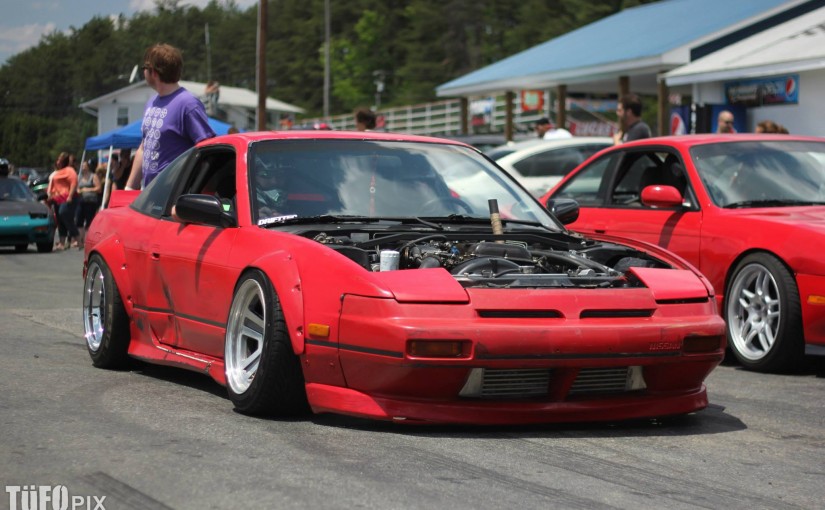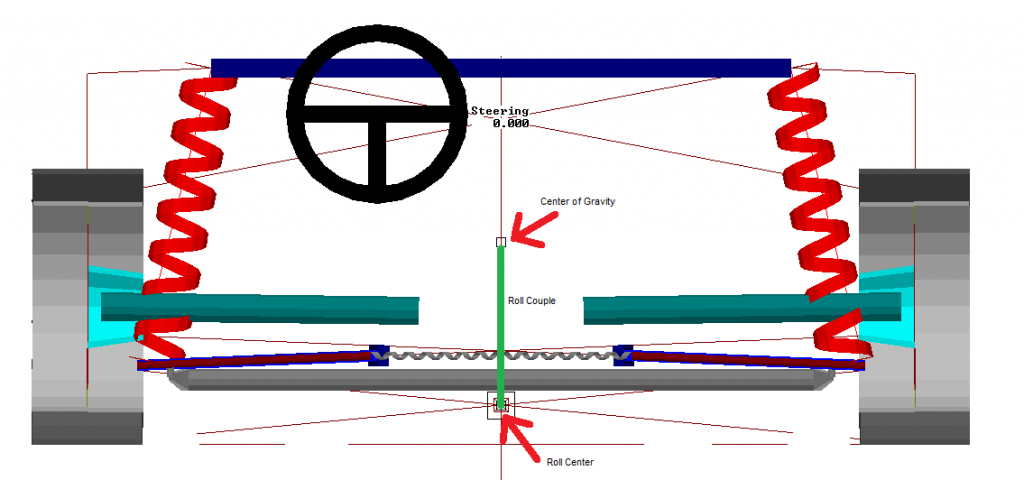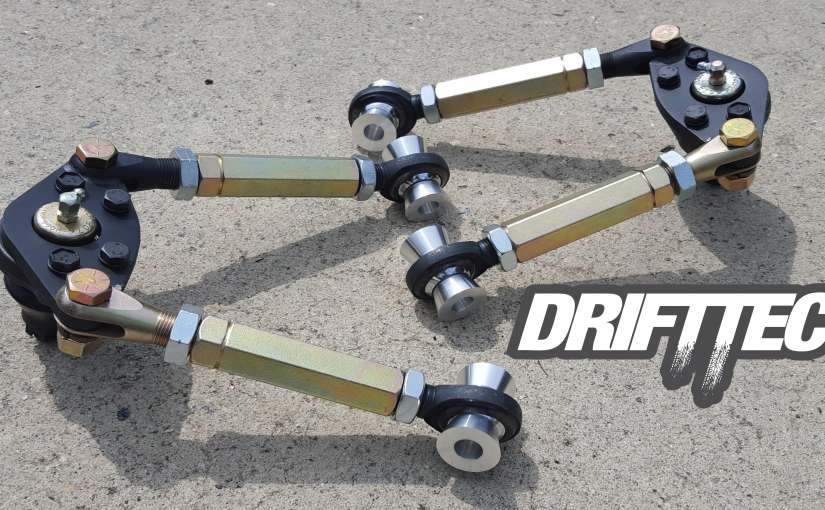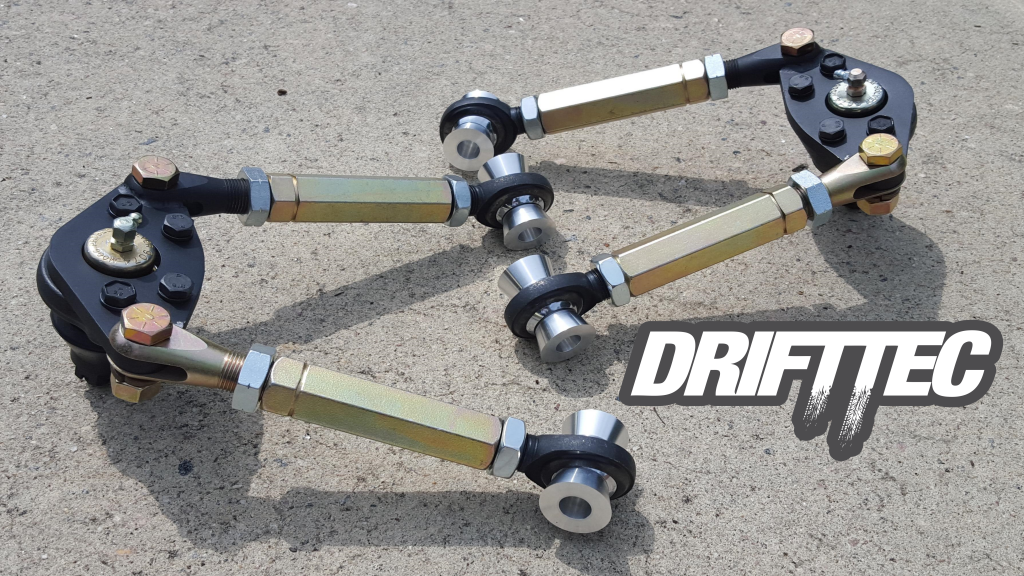I was in a meeting the other day and I heard someone make a comment about drifting. Immediately after the subject of drifting was mentioned someone else commented about roll centers being below the ground associated with over-lowering a car or more commonly known as “the stance movement”.
Coincidence? probably not. Us drifters sometimes put more value on how something looks rather than how it performs. Drifting is a subjective motorsport, so the value of how something performs can be difficult to quantify, but how cool something is can easily be quantified by “internet points”. “Internet points” are generally inversely proportional to how well a car will perform. The following graph shows this trend:
When lowering a car you also lower the center of gravity. This is great, it’s one of the reasons you see a lot of purpose built race cars very low to the ground. When you lower the center of gravity, you decrease how much the laws of physics transfers loads from the tires on the inside of a turn to the tires on the outside of the turn. When one tire is loaded a lot more than the others it usually means there is loss total tractive force the car can use for acceleration (lateral, longitudinal).
 So we should all make our cars look like this? Not exactly, but it looks rad and some people just want to have fun in their cars. We can still be nice to our low friends.
So we should all make our cars look like this? Not exactly, but it looks rad and some people just want to have fun in their cars. We can still be nice to our low friends.
So lets lower our cars so they hit the cigarette butts on the ground at your local car meet right? Not so fast…. When you lower your car the roll center height is also lowered. The roll center height decreases faster than the ride height in most cases. What does this mean? The distance from the center of gravity to roll center (more commonly known as the roll couple) changes when you change the ride height of your car. Wait, what does that even mean?
The distance between the center or gravity and the roll center when looking at the car from the front view is called the roll couple. Without getting too technical and boring, the roll couple has a pretty big role in determining the roll stiffness on its respective axle. The roll stiffness distribution between the front and rear axle determines if the car will have understeer or oversteer traits. When lowering your production car it is most likely that the roll stiffness distribution designed from the factory is not maintained.
So why do I care? I can just change suspension parts to make the car over or under steer… That works great when you don’t consider the dynamic changes in the suspension. The stiffness distribution will change as the suspension travels and this will most likely be different than what was originally designed. This is because the initial roll couple will be much larger than what you started with. Referencing the last paragraph, how a car reacts to a driver’s inputs is directly affected by these ratios.
The overall roll stiffness also determines how much the body of the car will roll in a turn. Too much body roll and the car will feel sloppy. Too little and the car will break traction easier in transient conditions. For example, if you make one end of the car super stiff to make it under or over steer, you will increase the overall roll stiffness and vice-versa. If you’re starting to notice that everything is related you’re on to something. Compromise plays a big part in tuning a car.
The roll center height in relation to the ground also matters. The acceleration forces produced by the car happen at the contact point between the road and tire. Again, without getting too technical, some funky things happen if you do force moment analysis on the car. A roll center that is too high will cause “jacking” where the wheel will deflect downward away from the chassis under lateral acceleration. The opposite case (roll center too low like a lot of drift cars) will cause the tire to deflect towards the chassis in a turn. These traits need to be taken into account when changing the suspension.
Over-lowering will also change your instant centers. The instant centers of a tire defines the point that a tire will pivot about when the suspension travels. Other traits such as anti-dive, and anti-squat can be determined with force moment analysis using the instant centers. Again without getting too technical, I’ve observed that it is very common that the instant centers on fellow amateur drift cars are in crazy places. This will make the tire gain positive camber in compression, or act really stiff in throttle/brake on situations. This is generally not what we want. We want the suspension to gain negative camber under compression to negate the effects of body roll to maintain a flat contact patch with the road. We would also like the tires to follow the road surface rather than skip along it. This leads into my last point.
With a super low car very stiff springs are needed so the chassis does not make contact with the ground. These stiff springs limit how much the suspension actually does. The tires will basically just bounce around the road surface. When the tire isn’t touching the ground you can’t extract any tractive force out of it.
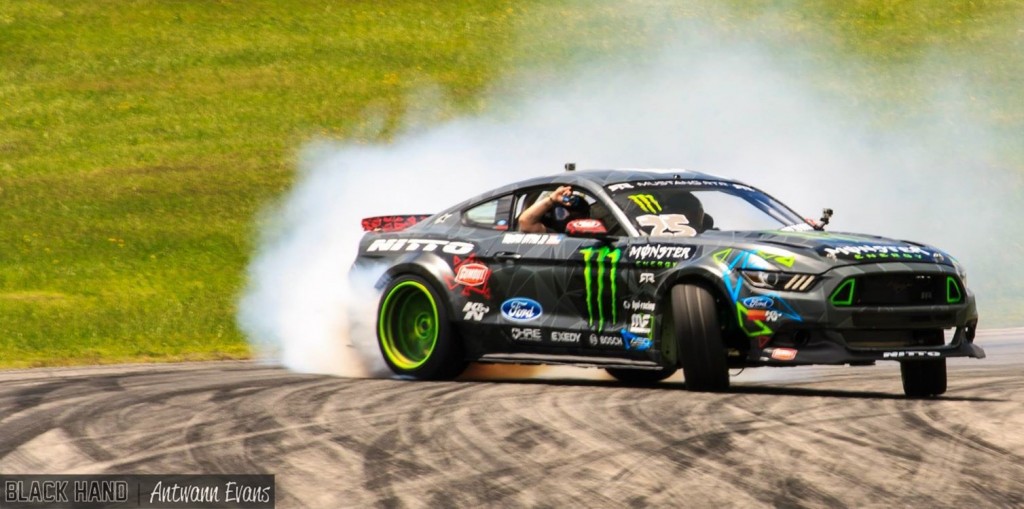 Advanced drift cars such as Vaughn Gittin Jr.’s test car have well thought out purpose built suspension and chassis.
Advanced drift cars such as Vaughn Gittin Jr.’s test car have well thought out purpose built suspension and chassis.
I’ve only scratched the surface on things to consider before changing your car’s ride height. There are so many more tangents on this subject that can be looked into but they were omitted for brevity.
Throughout this post I mention that some things change other things from their stock setup. I’m not saying that you should leave the car stock, but since most of us are using production chassis we should defiantly take into consideration the engineers decisions when they designed our cars. I think it’s a good idea to have a goal that you are shooting for and understanding why you are shooting for that goal when making changes to your car.
-Mark

